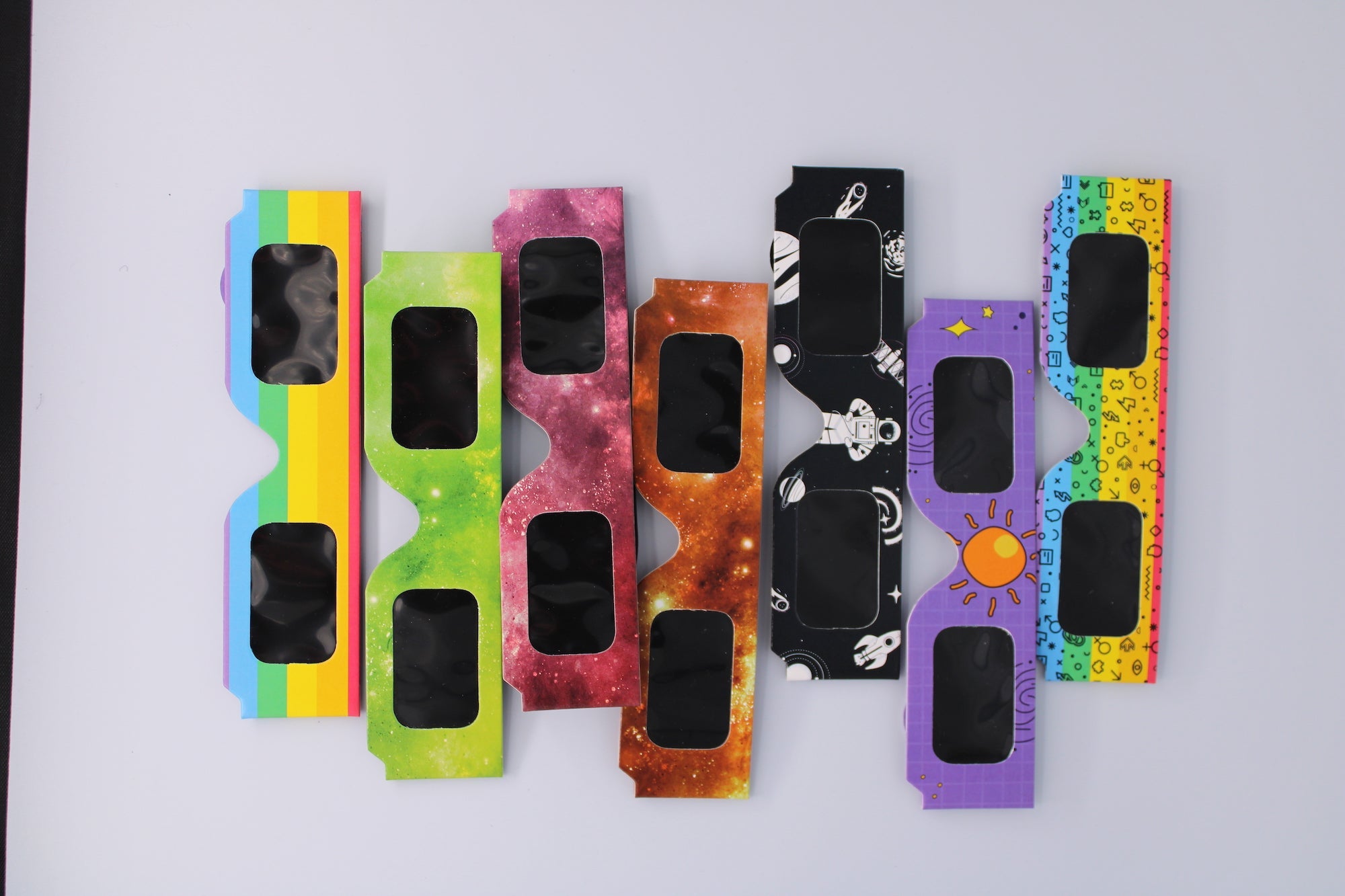1. Understanding UV Radiation: Ultraviolet radiation is a type of electromagnetic radiation emitted by the sun. It is invisible to the human eye and can be harmful in excessive amounts. There are three types of UV radiation - UVA, UVB, and UVC. UVA and UVB can reach the Earth's surface and have the potential to cause damage to the skin and eyes.
2. The Dangers of Viewing a Solar Eclipse: During a solar eclipse, the moon passes between the Earth and the sun, partially or completely blocking the sun's light. The fascination to observe this rare event can lead people to stare directly at the sun, exposing their eyes to intense UV radiation. This exposure can cause "eclipse blindness" or retinal burns, leading to permanent eye damage.
3. Role of Eclipse Glasses: Eclipse glasses are designed to protect the eyes from the intense visible light and UV radiation during a solar eclipse. They are made with a special solar filter material that significantly reduces the amount of light that enters the eyes.
4. Filtering Out Harmful Rays: The primary function of eclipse glasses is to filter out the harmful UV rays along with infrared (IR) radiation and intense visible light. The lenses of these glasses are made from a black polymer material or a silvered substrate that reflects or absorbs the harmful rays.
5. Certification and Safety Standards: Genuine eclipse glasses meet specific safety standards. They are ISO (International Organization for Standardization) certified, ensuring that they reduce the sun's brightness to a safe and comfortable level and block harmful UV and IR radiation. The ISO 12312-2 standard is a common certification for these glasses.
6. Optical Density and Transmission of Light: Eclipse glasses have an optical density that is high enough to cut down the sun's brightness to a safe level. They allow only about 0.003% of sunlight to pass through, which is essential for safely viewing the sun's disk.
7. Construction and Materials: The material used in eclipse glasses is a scratch-resistant, black polymer or reflective coated material. It is usually a thin layer of aluminum deposited on a substrate. This material is capable of reflecting or absorbing the UV and IR radiation while reducing the visible light.
8. Preventing Cumulative Damage: Continuous exposure to UV rays can lead to cumulative damage to the eyes. Eclipse glasses prevent this by blocking the majority of UV rays during the viewing of a solar eclipse, thus protecting the delicate structures within the eye.
9. Comparison with Regular Sunglasses: Regular sunglasses, even those with UV protection, are not safe for viewing a solar eclipse. They are not designed to handle the intense solar radiation and do not provide the necessary optical density. Eclipse glasses are far more effective in blocking UV rays and reducing the sun's brightness.
10. Educational and Preventive Role: Beyond their physical protective role, eclipse glasses also play an educational and preventive role. They raise awareness about the dangers of looking directly at the sun and the importance of eye protection during solar events.
In summary, eclipse glasses are a crucial tool for safely observing solar eclipses. They protect the eyes by filtering out harmful UV radiation, reducing intense visible light, and blocking IR radiation. Their specialized materials and compliance with safety standards ensure that viewers can enjoy the spectacle of a solar eclipse without risking eye damage.


